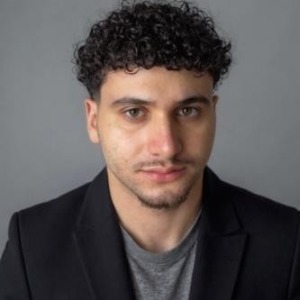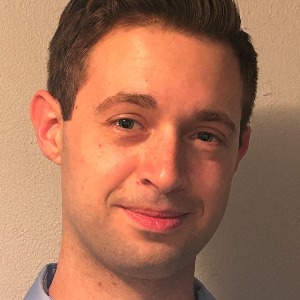Pediatric Orthopedics
Musculoskeletal disorders in children differ from those in adults. Because children are still growing, their bodies' reactions to injuries, diseases, and deformities may differ significantly from those found in adults. What appears to be a problem in a youngster is sometimes only a phase of growth that will pass with time. Intoeing a toddler is a wonderful example of this. Some of the growth-related difficulties that youngsters have with their bones and joints do not even present in adults. Furthermore, even for the same problem, a child's evaluation and therapy differ significantly from that of an adult. A medical-surgical team approach is ideal for children with complex paediatric issues. Children's musculoskeletal disorders are diagnosed, treated, and managed by paediatric orthopaedic surgeons. Pediatric orthopaedic surgeons opt to focus their medical practise on the care of children. The particular nature of paediatric medical and surgical care is learned through extensive training and practise.
- Musculoskeletal Diseases in Children
- Aetiopathology
- Clinical And Radiographic Outcomes
- Surgical Technique and Implant Design
- Congenital Disorders

Stephen S Tower
University of Alaska Anchorage, United States
Marcos Brioschi
American Academy of Thermology, United States
Wagih El Masri
Keele University, United Kingdom
Akash Ganguly
Warrington and Halton Hospitals NHS FT, United Kingdom
Hussein Jaber
University of Cambridge, United Kingdom




Title : Knotless suture repair for chronic lateral ankle instability: A systematic review & single- arm meta-analysis
Hussein Jaber, University of Cambridge, United Kingdom
Title : The UK profemur recall and implant cobaltism
Stephen S Tower, University of Alaska Anchorage, United States
Title : The tomographic phenotype and the genotype of wormain bones
Ali Al Kaissi, National Ilizarov Medical Research Center for Traumatology and Orthopaedics, Russian Federation
Title : Total Knee Arthroplasty (TKA) in hemophilic arthropathy: Modern outcomes and perioperative strategies
Jack Russek, Touro University California, United States
Title : Musculoskeletal and orthopedic implications of Gender-Affirming Hormone Therapy (GAHT): A PRISMA-Guided systematic narrative review
Jack Russek, Touro University California, United States
Title : New treatment of muscle contracture and joint contracture through muscle regeneration with mitochondrial dynamics
Ki Ji Lee, Busan Medical University, Korea, Republic of